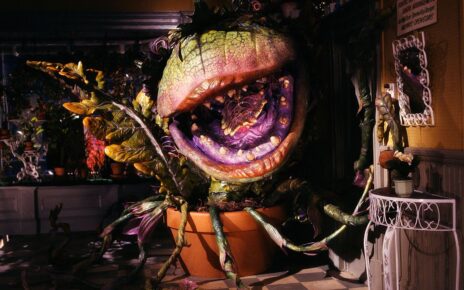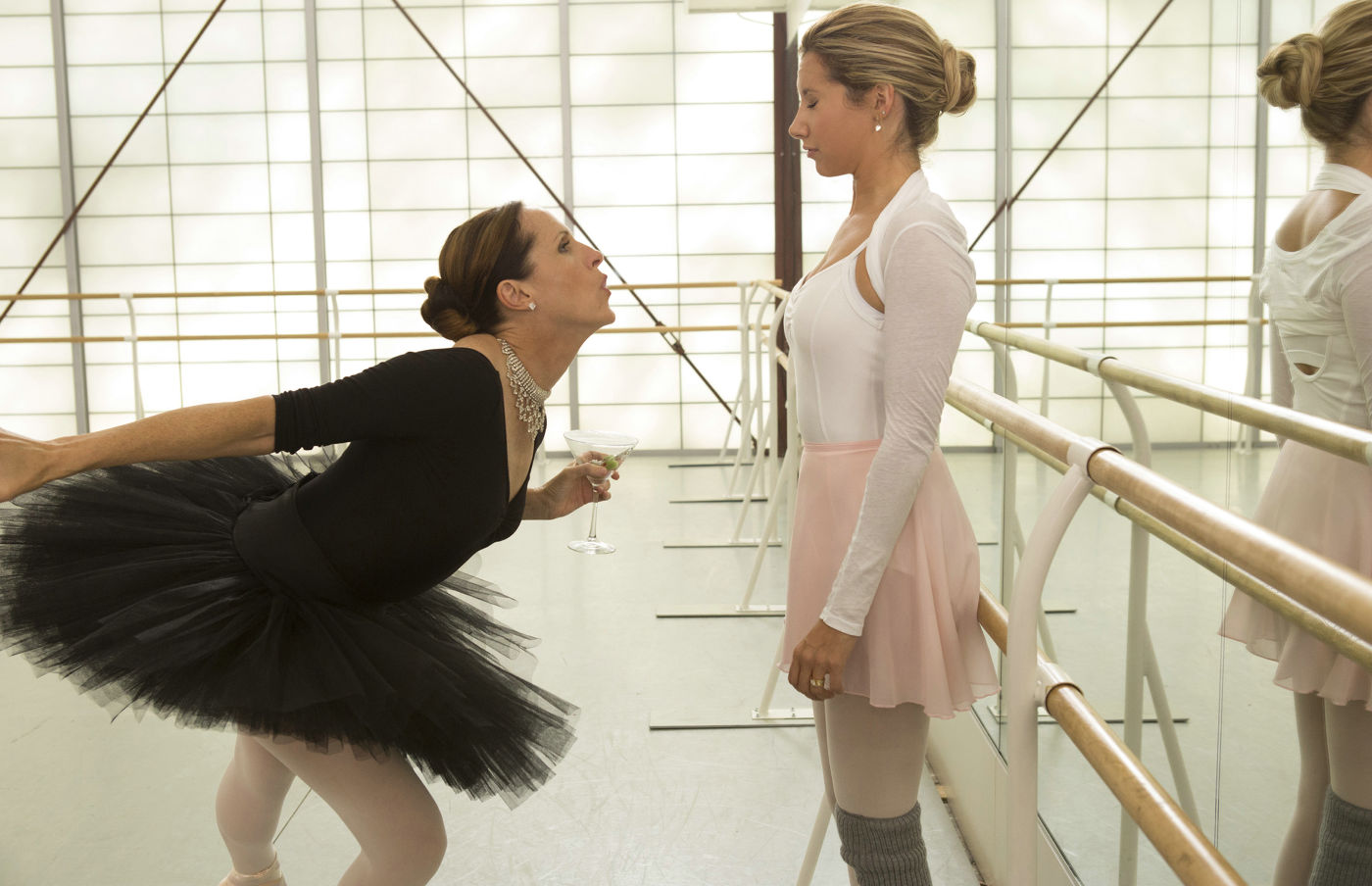Robert DeNiro plays two (2) legendary gangsters. That’s the gimmick in The Alto Knights. Does he play them well? No. Do we care? A little. If the picture went out but the sound remained and you had to try to tell which was which could you? I sincerely doubt it.
Barry Levinson went out of his way to make a “good” DeNiro and a “bad” DeNiro. The key reason for this seemed to be that Robert DeNiro certainly wasn’t doing it for himself. It’s very possible that there is no significant difference between mobsters Frank Costello and Vito Genovese, but the best way the picture had of distinguishing the two was a little makeup and always showing Vito in a hat and glasses. Honestly, this struck me as the “Groucho Marx disguise” version of acting. How can you tell two people apart who are exactly the same? Give one a Groucho Marx glasses and moustache; now, you can!
For a guy considered an acting legend, Robert DeNiro was as unimpressive in these dual roles as I can ever remember. The kid from The Monkey pulled off a double better. Seriously. I bought into the fact that was two different kids MORE than I bought into Frank Costello and Vito Genovese being different people.
Ok, let’s get on with this travesty.
The film opens with a failed hit on Frank Costello. It’s Manhattan of 1957 and the hitter gets a head shot in the elevator of Frank’s building. Somehow, the bullet manages to avoid his brain or any other necessary head function. [Insert your own joke here.] When Frank awakens in the hospital, he’s coy with the authorities. Frank’s no rat! Even to the guy who ordered the hit! What follows is a meandering process where a kinder, gentler Frank Costello tries -but not too hard- to get out of the gangster biz. He holds no grudge against either the hitter or the man who ordered the hit, Vito Genovese.
Meanwhile, Vito seems confused about the whole thing, first angry that Frank isn’t dead, but next assuming the other shoe will drop, which it never does. The film wanted us to know these two identical hoodlums grew up friends and hung out at The Alto Knights club for drinking and racketeering. If they lived indistinctive gangster lives, it’s because -apparently- they’re the same person.
One thing I couldn’t shake was how much I felt the film was lying to me. Frank Costello was indeed a mob boss. Whatever he thought about in the last thirty years of his life, he definitely amassed a whole pile of gangster-related criminal activity beforehand. The idea that we need to sympathize now with Frank seems more than a little disingenuous, especially as he can’t seem to cut his criminal ties.
whole pile of gangster-related criminal activity beforehand. The idea that we need to sympathize now with Frank seems more than a little disingenuous, especially as he can’t seem to cut his criminal ties.
A note to the uninitiated: getting TO the point of power is the difficult road. I guarantee if Trump said, “I don’t want to be President anymore,” that shit could happen inside 24 hours. The idea that Frank was going straight and remained a crime boss at the same time is ludicrous. As is painting Frank as a saint. He wasn’t. And he sure as Hell wasn’t while retaining crime boss status. I know Barry Levinson did this so that we can contrast DeNiros, but it comes off as condescending. If you want to stop being a crime boss, STOP BEING A CRIME BOSS. The rivalry between Frank and Vito was about power.
It’s possible I’m just tired of gangster films. Very possible. It’s also possible this was a very bad film. Both things can be true at the same time. I know this much: for a movie that sold itself on a gimmick, the gimmick has no payoff. DeNiro v. Groucho DeNiro? Might be time to hang ‘em up, legend.
There was once a great mobster named Frank
In the 50s, none other could outrank
Took a hit to the head
And decided instead
To get out. “Exactly how?” Well, I’m drawing a blank
Rated R, 123 Minutes
Director: Barry Levinson
Writer: Nicholas Pileggi
Genre: Another tired mob movie
Type of being most likely to enjoy this film: You have to really love Robert DeNiro
Type of being least likely to enjoy this film: “Gee, mob movies are such fun, aren’t they?”



